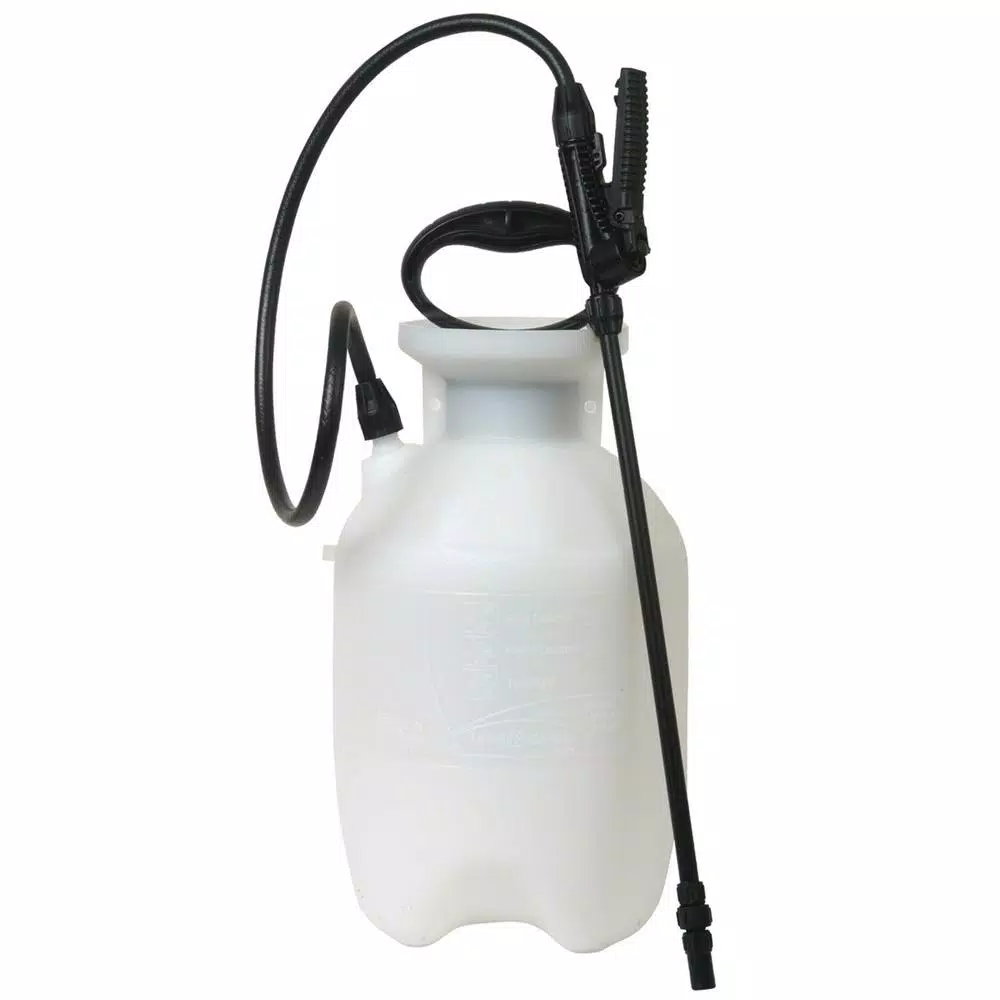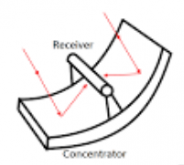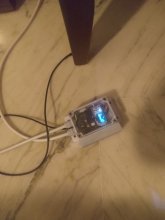chrisski
Solar Boondocker
- Joined
- Aug 14, 2020
- Messages
- 5,171
So to take a shower for four people comfortable, it will be 1.9 kwh, which is a bit more energy than I thought. Instead of two 6v golf cart battery, nearly four would be needed, with enough left over energy to run some LEDs and the TV, but not the electric fan for the propane heater.It takes 1 BTU to raise 1 lb of water 1 degree F. So 8.3lb/gal means 8.3btu per degree per gallon.
so for 50F rise in 1 gallon you would need 50*8.33=416BTU. 416BTU is about 122 watt-hours.
The term you need to google are: From there its just converting units.
specific heat of water






